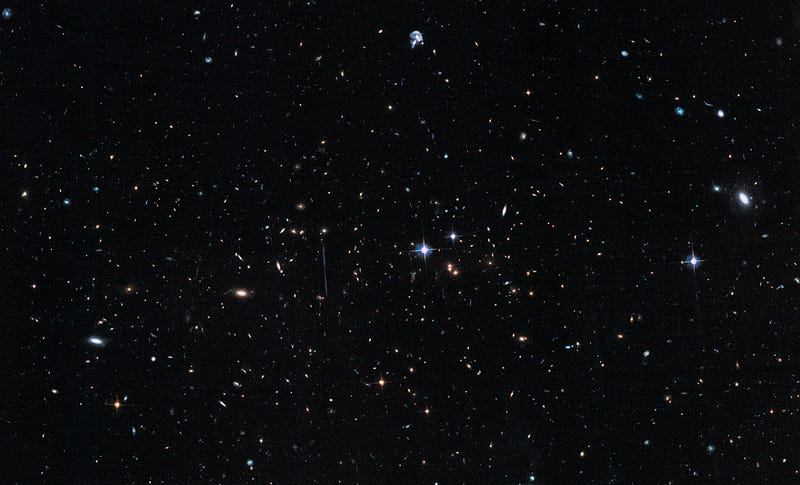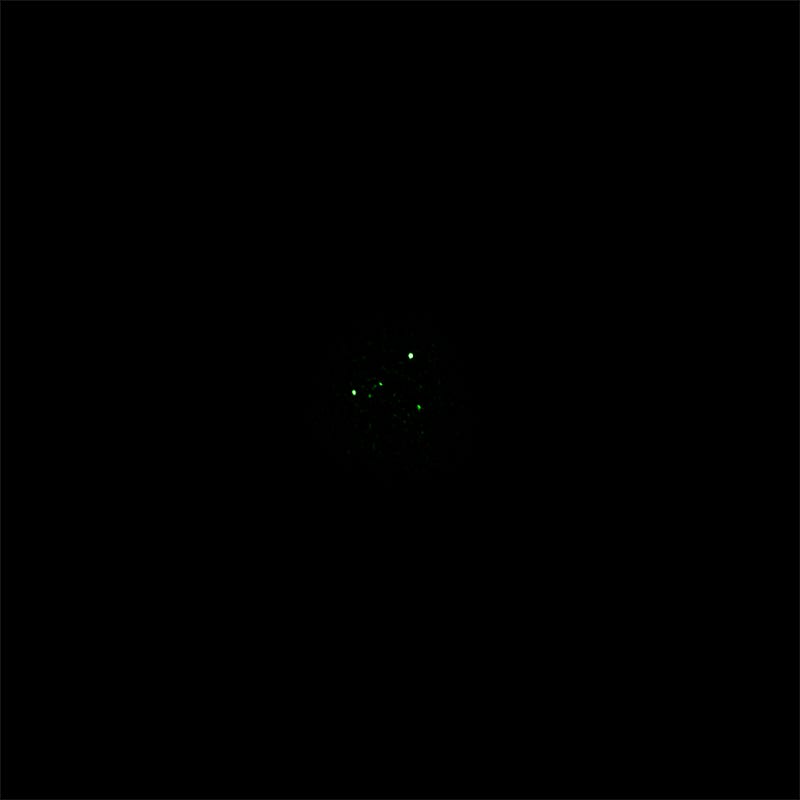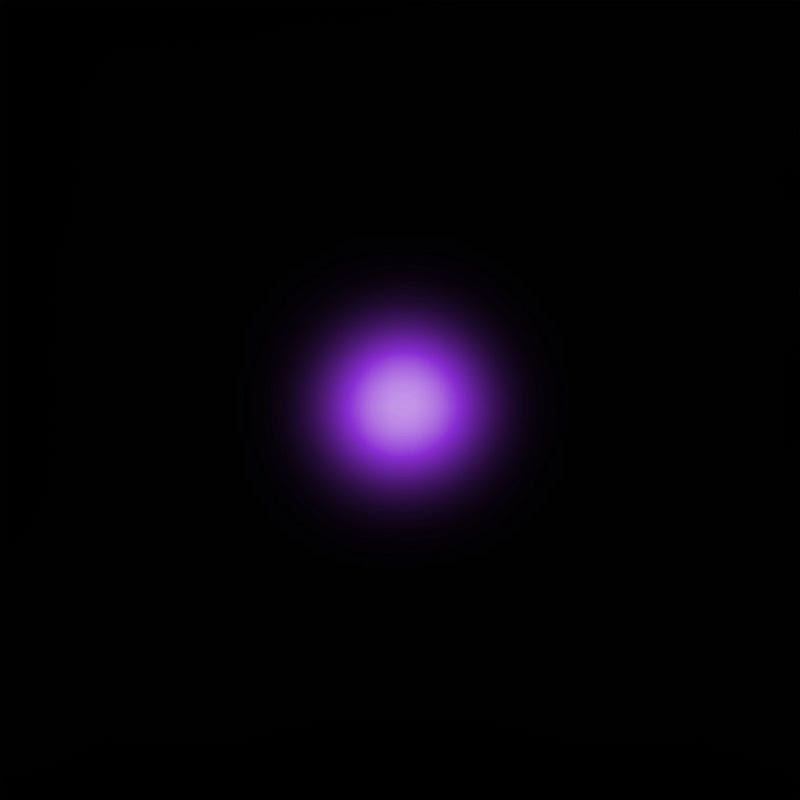Record-breaking cluster confirms dark matter Universe

It’s the most distant galaxy cluster ever discovered, and it’s exactly in line with our predictions!
“These galaxies are among the most massive galaxies in the universe and are believed to have rapidly formed their stars a long time ago. However, how these galaxies formed and why have they stopped forming new stars remain mysteries.” –Tao Wang, lead author on this new study
There was a time in the Universe’s distant past where it was too young to contain the structures we see in it today. If we look back early enough, we should find no galaxy clusters, no galaxies, and even no stars. It takes millions or even billions of years for gravitation to pull matter together in order to form these giant, dense clumps of material, and without the right ingredients in the Universe, we wouldn’t get them early enough, or at all. Thanks to a combination of observations from NASA’s Chandra X-ray telescope, the ESO’s UltraVISTA infrared telescope and the ALMA radio telescope, scientists have just announced the discovery of the most distant galaxy cluster ever: CL J1001+0220. Its light is only now arriving after an 11.2 billion year journey, making it the earliest structure this large ever discovered.
https://www.youtube.com/watch?v=oadaCUr45oE
This cluster isn’t only remarkable for becoming the newest cosmic record-holder for an object so large at such early times, however. There are other galaxy clusters — some of which are much, much larger — discovered at a lookback time of up to ten billion years ago. But in all of those cases, the centers of these clusters already contain giant elliptical galaxies at their cores.

Thought to occur from the mergers of multiple large spiral galaxies, elliptical galaxies are:
- larger,
- with ultra-massive black holes,
- devoid of gas that forms new stars,
- and, comparatively, inundated with older stellar populations.
But when we look at this newest, youngest and most distant cluster, we find that there are 11 massive galaxies close to its core, and an incredible nine of them are forming new stars at an incredible rate.

Just how quickly this star formation takes place is all the more alarming. While our Milky Way forms the equivalent of about one new Sun’s mass worth of stars per year, each one of these cluster-core galaxies has over 300 times that rate on average. We’ve never seen a cluster core this active, and what it teaches us is that this stage is likely short-lived and rare, and has likely passed by time the Universe is more than three billion years old.

But this new cluster is just 2.6 billion years old, and seems to be undergoing the very transition where a collection of galaxies falls into a bound structure for the first time, from a protocluster to a true galaxy cluster. This marks the first time astronomers have ever detected such an event: of the exact moment that a protocluster transitions to a true cluster. The fact that so many total galaxies (17!) were discovered localized together at the same redshift (z=2.506) was a big hint, but the final piece of evidence came from the X-rays, where the diffuse emission engulfing the entire set of objects shows, beyond a shadow of a doubt, that this really is a galaxy cluster!

The most exciting part, from a cosmology point of view, is that the first true galaxy clusters will only form at this particular juncture in the game — between two and three billion years of age — if the Universe is dominated by dark matter. Without the addition of dark matter (i.e., with normal matter alone), there isn’t enough massive material to form these huge structures so early in the Universe. If we hadn’t discovered clusters forming this early, it would’ve posed some big trouble for dark matter; similarly, if we find them when the Universe is only 1 billion years old (at a redshift of 5 or 6), that will spell trouble for dark matter, too. Instead, we’re seeing these cosmic behemoths forming exactly where and when they should. Now that we’ve put our theoretical techniques into practice, it’s time to find the entire population of these, examine the details, and learn more about our Universe than ever before.
This post first appeared at Forbes, and is brought to you ad-free by our Patreon supporters. Comment on our forum, & buy our first book: Beyond The Galaxy!





